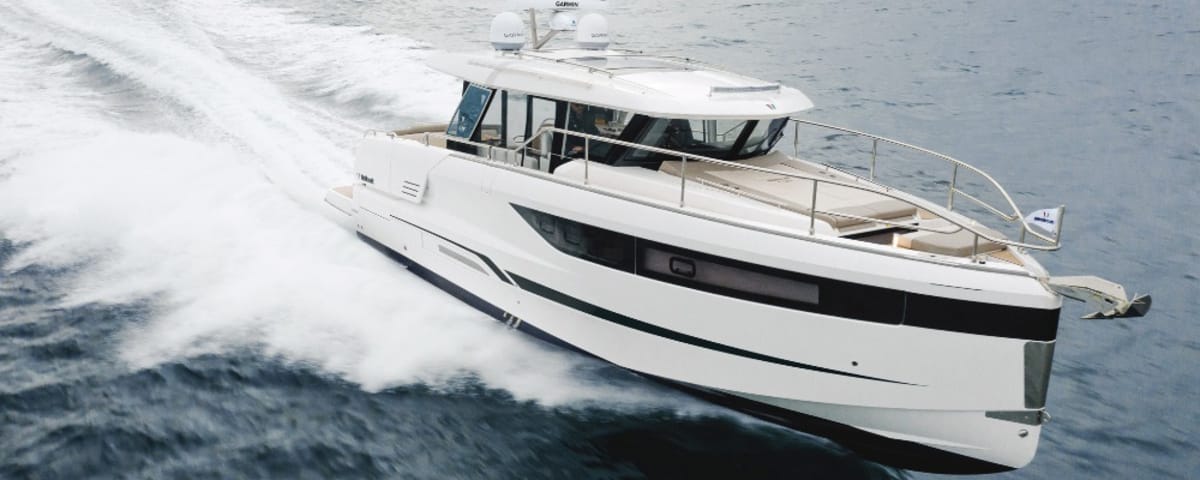Engine Overheating: Causes, Consequences, and Solutions
When starting an engine (or generator), whether outboard, inboard gasoline, or diesel, the first thing to check is whether the cooling water is flowing normally. If not, stop the engine immediately and determine the cause. This is a common problem that can have serious consequences.
Causes
When water doesn’t flow (or flows minimally), it’s most often due to a broken or loose pump drive belt, a defective pump impeller, a blocked water exhaust circuit (mainly on outboard motors), or a broken hose. All these causes produce the same effect: no water at the exhaust outlet.
Consequences
On smaller marine engines (under 30 HP), cooling is done directly by seawater; they are called “direct cooling” engines. On engines from 30 HP upwards, there is a double cooling circuit: a direct seawater circuit and an indirect closed circuit (like in a car engine) with coolant. In practice, the seawater circuit cools the closed circuit, which maintains the engine at a constant temperature. In both cases, if the seawater circuit is defective, the engine temperature rises rapidly, and if you don’t stop the engine, the head gasket will be damaged. The engine dashboard has a temperature light or even a thermometer and a sound alarm. If there is an anomaly in the cooling circuit, the light turns red because the temperature, which is normally between 80 and 95°C (depending on the engine), rises to over 100°C, and the sound alarm should sound. However, when these indicators activate, the damage is unfortunately already done.
Remedies
On an inboard engine, check:
- The water exhaust hose. Check if it is damaged or simply disconnected from the hull fitting. In this case, the water circuit is normal, the alarms remain silent, but the water, instead of escaping outside the boat, flows into the engine compartment.
- The pump drive belt. It is often shared with the alternator. It should be normally taut, meaning it should be able to turn 90° or have a deflection of 1 cm. If it is loose or broken, it no longer drives the pump, and therefore there is no more cooling.
- The water pump impeller. This is the most common cause. This impeller is made of rubber with a bronze shaft. Its blades can be broken, or the shaft can become detached from the impeller. If this is the case, it must be replaced. It is a maintenance part that you should have on board.
- The water circuit. On an outboard engine, this is the most common cause, especially on small engines, as it can be blocked by salt. To unblock it, in most cases, simply pass a small rigid wire through the exhaust hole.
Preventing Failure
This common failure with serious consequences can be minimized if you take the following precautions:
- Regularly monitor the tension and condition of the belt.
- Disassemble the water pump once a year to check the impeller and replace it if necessary.
- Check the condition of the hoses.
Enjoyed this post by Thibault Helle? Subscribe for more insights and updates straight from the source.


